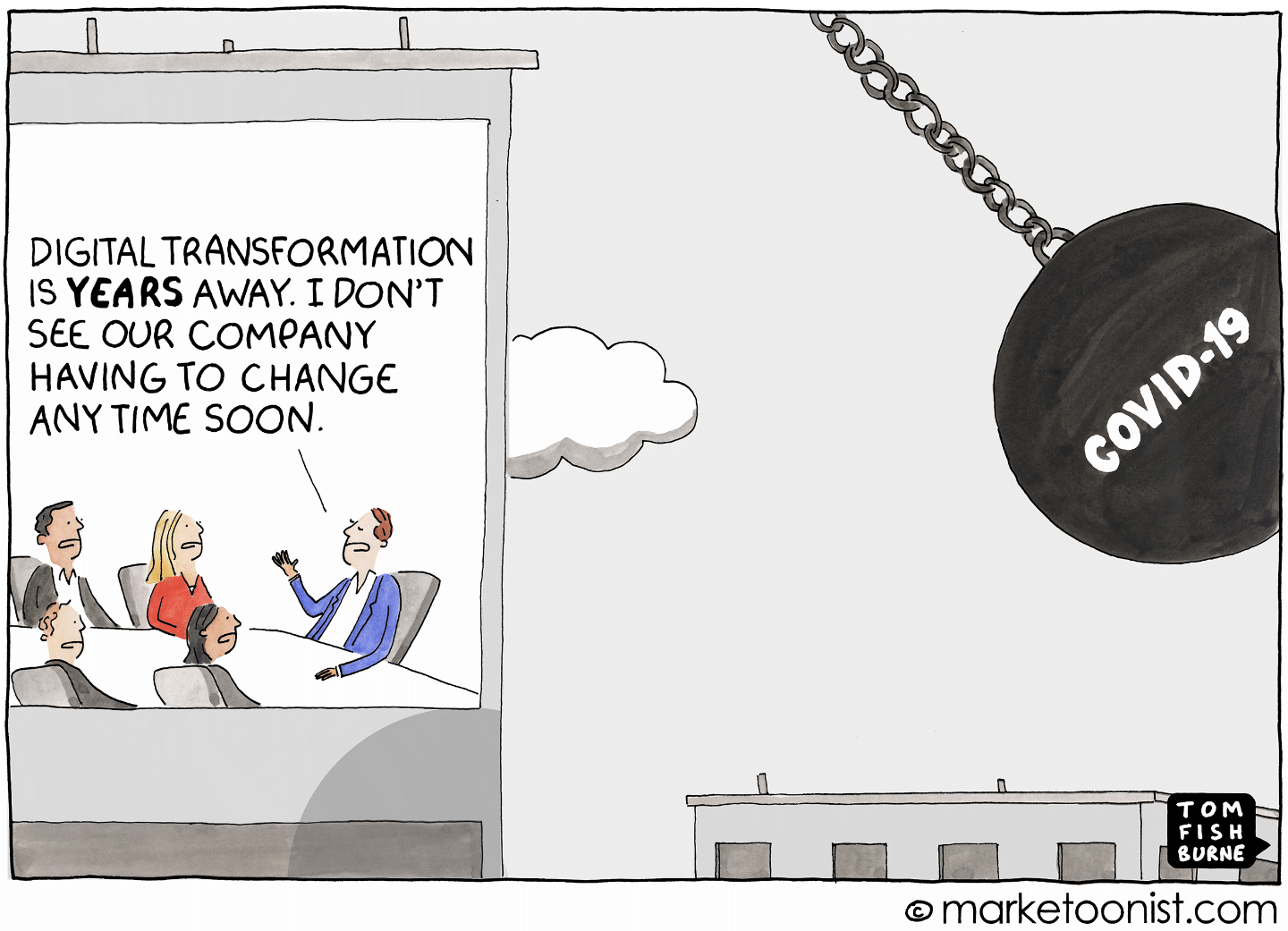The current situation with the economy is well documented, and theories on how we got here abound. My objective with this article is not to echo any of that information.
Instead, this article is an offshoot of conversations that our agency has been having recently about how to offer solid marketing advice to our clients during this time of uncertainty.
The job of marketing has increased importance as the economy becomes less stable. Your customers need to know how your company is being impacted by this situation, which will directly impact their business or lives, depending on whether you serve other businesses or consumers.
The Situation
As I mentioned at the onset, communication is critical, especially during times of chaos and stress. Your customers and even prospective customers want to hear from you.
It’s important to understand that the people you are talking to are in a different emotional state now than they were the last time you spoke with them. Even if your last conversation was just a few weeks ago, what they want to hear from you now is different from what they wanted to hear before.
That means the topics of your communications have to change from what you would typically send.
HEART
It is a very difficult tight rope that marketers are forced to walk right now. The tension that we face is between keeping our businesses solvent and deeply respecting the threats to life and livelihood that is our current reality.
Harvard Business Review published an article on a communications framework for businesses of all sizes to follow that will help you make sure that your business relationships outlast this virus.
The framework’s acronyms are HEART and represent how to best communicate during a crisis like the one we’re in or any type of crisis.
- Humanize: Humanize your company. Demonstrate that you have a full grasp of the situation and that your company is not just focused on profits. Show the “human” side of your company in heartfelt ways.
- Educate: Educate the people that you are communicating with about changes or non-changes. Let them know about new ways to contact you or your team, any new hours of operation, or even let them know that nothing has changed.
- Assure: Assure everyone that they can expect the same service, quality, and business relationship that they have come to expect from your company. Make it clear that the reasons that they either do business with you or are considering doing business with you are still firmly in place at your company.
- Revolutionize: Revolutionize your value proposition. Sun Tzu, who wrote The Art Of War, said that chaos is an opportunity for innovation. Use this time to find a way to improve your value proposition and then communicate those improvements to your audience.
- Tackle: Tackle the future by communicating any reevaluation dates, that you can predict, that will impact your customers. Show your audience that you are in control and not just letting these winds of chaos push you around.
How Far Should You Go?
Though everyone’s situation is unique, there are some tactics that every business can apply to get through these uncertain times.
Don’t Panic
The natural tendency during uncertain times is to circle the wagons. Eliminate all expenses and reduce as much overhead as possible. Panicking is never a healthy response to chaos.
There is no question that fiscal responsibility is necessary, but be careful how far you trim.
Objectively, consider when we come out of this current situation (and we will come out of it) how rapidly will you be able to get your company back up to speed?
Will you have eliminated too many members of your team? Will you have reduced too much from your various expense categories?
A survey by Advertiser Perceptions found that 89% of the survey participants said that this current situation had impacted their ad budget.
But, when explored further, the survey revealed that only 34% of these marketers said that they canceled campaigns!
A full 48% of these marketers instead chose to adjust or shift their budgets among marketing channels.
The Big Shift
The American Marketing Association published an article that examines how people’s expectations of their experiences with companies will forever be changed as a result of the current life-altering situation. People’s interactions with technology, how they get their information, and how they engage with companies will be vastly different from this point forward.
The adaptation of any new technology always follows the same bell-curve. There are four segments within the bell curve; early adopters, early majority, late majority, followed by the laggards. The article then goes on to point out that this current situation is going to move even the laggards into new habits, namely getting more of their information and the products and services that they need, online. Your customers will now know the possibilities that the online world can provide and they will never go back to their old ways.
As an example, e-commerce was about 15% of all retail transactions, with projections showing e-commerce to rise to 30% by 2025. Consider what the percentage of retail sales e-commerce will be after 1-3 months of e-commerce being the primary source of consumers getting what they need!
Now, you may not buy off on this concept in total, but wouldn’t it be wise to be prepared for this new level of expectation?
